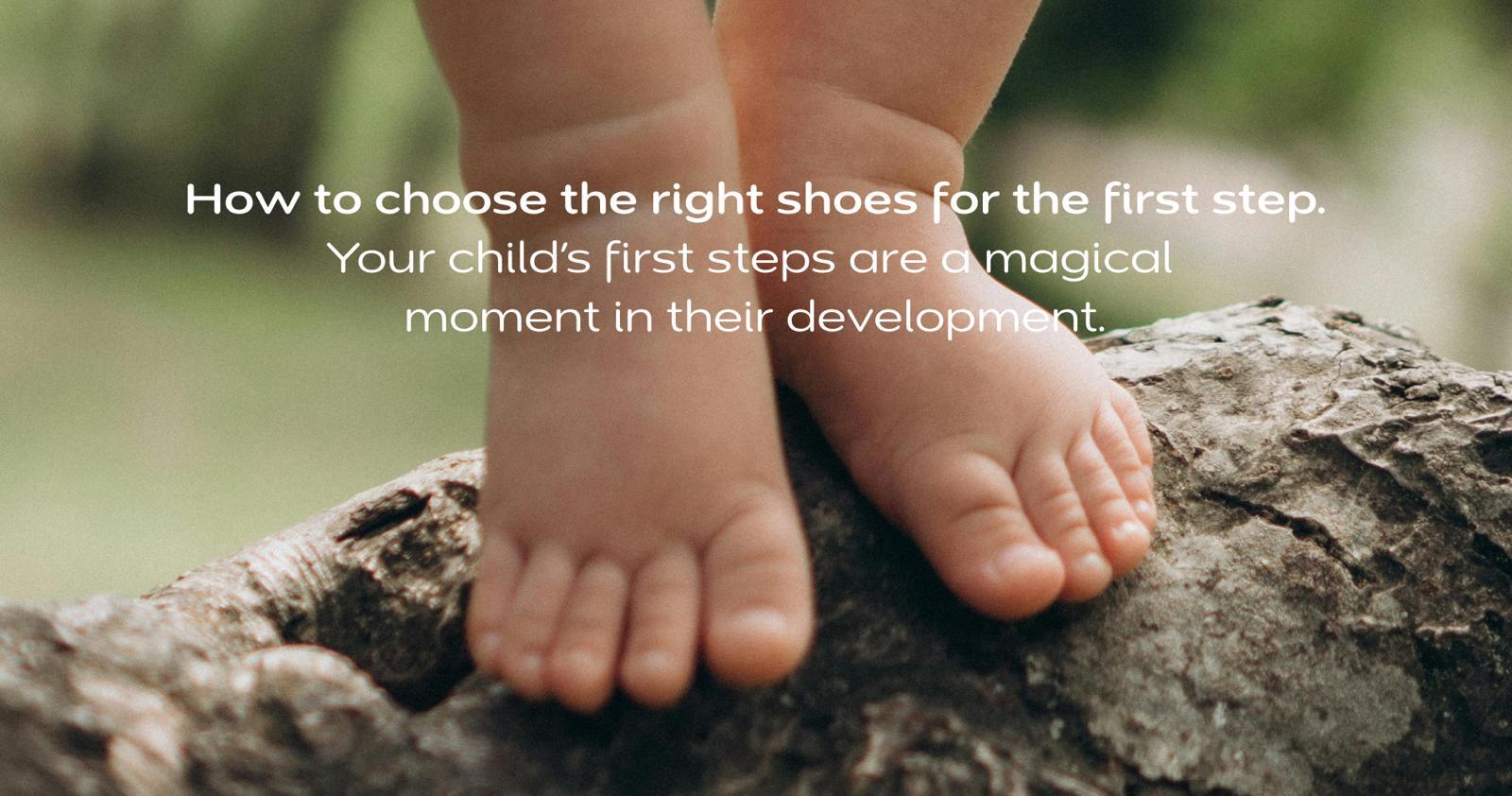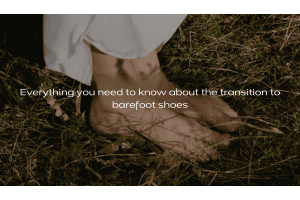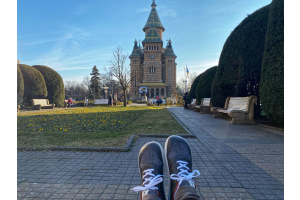How to Choose the Right Footwear for First Steps

Your child's first steps represent a magical moment in their development. Suddenly, the world becomes much larger and more accessible for your little explorer.
This guide will help you navigate the world of children's footwear, providing you with essential information about the right time for the first pair of shoes, the characteristics that truly matter, and common mistakes you can easily avoid.
When is the right time to buy the first pair of shoes?
The ideal moment for purchasing first shoes coincides with the period when your child walks steadily and begins to explore outdoor spaces. This typically happens between 12 and 18 months, though each child follows their own developmental pace.
Pediatricians and motor development specialists maintain that children should walk barefoot as much as possible. A child's foot contains 33 joints, 19 muscles, and over 100 tendons that require natural stimulation for harmonious development. Indoors, children can walk barefoot or wear non-slip socks, allowing the foot to feel the floor's texture and perfect their natural balance.
Shoes for first steps become necessary when your little one explores the outdoor environment. The primary role of footwear at this stage is protection against extreme temperatures, rough surfaces, and potentially dangerous objects, not artificial support of the foot, which develops perfectly on its own. Indoors? They can continue walking barefoot or in indoor barefoot footwear that offers minimal protection without restricting movement.
A valuable tip emphasized by all specialists: encourage your child to spend at least 60% of active time barefoot or in socks, especially in the first years of life. This simple practice contributes to proper arch formation and develops proprioception, that fascinating ability through which children perceive their body's position in space without thinking about it.
Think about this for a second. Your child learned to stand, hold onto furniture, take their first steps around the house. It all happened with bare feet, didn't it? And there's a solid reason for that.
Important characteristics of shoes for first steps
The correct choice of first footwear is based on understanding four essential components: the sole, material, shape, and closure system. Each plays an important role in healthy foot development and your child's comfort. Let's analyze each characteristic in detail:
Sole
The sole represents the fundamental element of any shoe for first steps. An optimal sole should be so flexible that you can bend the shoe easily using one hand. The ideal thickness ranges between 2 and 5 millimeters, allowing children to feel the ground's texture and temperature, thus developing their natural balance.
Testing sole flexibility is simple: roll the shoe both lengthwise and widthwise. If this happens effortlessly, then the footwear is suitable for first steps. Models with segmented soles or transverse grooves facilitate natural movement, allowing the foot to function as in barefoot walking.
Material
Material breathability is essential. Natural leather, organic cotton, or breathable textile materials allow moisture evacuation and maintain a healthy environment for the skin. A damp foot in an enclosed space quickly becomes favorable terrain for bacteria and fungi development.
Synthetic materials create problems by blocking perspiration and can transform footwear into an artificial and unhealthy environment for your child's sensitive foot.
Shape
A fundamental principle, often ignored by manufacturers: the shoe's shape must respect the foot's natural anatomy.
A wide toe box is essential for proper development. Toes need space for free movement, stretching, and natural function. Many commercial shoes have narrow toe boxes for aesthetic reasons, but force toes into an artificial position that doesn't respect human anatomy.
The heel area should offer adequate stability without being excessively wide, to prevent the foot from sliding in the footwear.
Closure system
Adjustable closure systems offer significant advantages over fixed ones. Quality Velcro, elastic laces, or buckles allow precise adjustment according to your child's specific foot morphology.
Slip-on shoes or those with fixed elastic don't offer necessary support and present the risk of sliding at moments when your child needs stability most.
What to avoid when choosing first shoes
Wrong footwear selection can have lasting consequences on foot development and overall posture.
Here's what to avoid:
- Rigid or very thick soles that completely isolate the foot from sensory stimuli;
- Synthetic materials that block perspiration and create an unhealthy microenvironment;
- Narrow toe box that compresses toes and can generate structural deformities;
- Raised heel that modifies natural posture and affects spinal alignment;
- Inadequate sizes (too large or too small) that compromise stability and comfort;
- Shoes with integrated arch support that interfere with natural arch development;
- Second-hand footwear that has deformed to the previous foot and doesn't fit your child's anatomy;
- Models with prominent ornaments that can modify the center of gravity and distract your child from walking.
How to correctly measure your child's foot
Precise foot measurement represents the foundation of choosing appropriate footwear. The process becomes easier when you transform it into a fun activity for your child.
The process is simple:
Step 1: Preparation for measurement
Choose an afternoon moment when your child is relaxed and feet are slightly swollen (a natural thing). Prepare a large sheet of paper, a well-sharpened pencil, and a precise ruler. Ensure the surface is perfectly flat and stable.
Step 2: Correct positioning
Place your child standing with weight distributed evenly on both feet. The foot should be completely relaxed with toes naturally extended. If needed, transform the activity into a game using colorful stickers or presenting the contour tracing as a detective's footprint. The heel must be perfectly against a vertical surface (a wall, heavy box, or object that doesn't move).
Step 3: Tracing the contour
Hold the pencil perpendicular to the paper and carefully trace the complete foot contour (except the heel area, which will be represented by the paper's edge). Pay special attention to the toe area. Avoid excessive pressure that distorts the measurement. Repeat the process for both feet because differences of up to 5 millimeters are normal.
Step 4: Measuring length and width
Measure the maximum distance between the paper's edge where the heel was placed and the tip of the longest toe (not always the big toe). For width, identify the widest part, normally located at the base of the toes. Note measurements in centimeters with millimeter precision.
Step 5: Calculating the right size
Add between 7 and 12 millimeters to the measured length for necessary growth space. This margin allows natural development and free movement during walking. Always consult the manufacturer's specific size chart because size standards vary considerably between brands.
Step 6: Periodic checking
Repeat measurements every 2 to 3 months during the rapid growth period. Children's feet can grow 2 or 3 sizes annually in the first years. Signs that shoes have become too small include persistent red marks on skin, visibly bent toes in the shoe, or your child's sudden refusal to put on shoes.
Why choose barefoot shoes for first steps
Barefoot footwear represents the best choice for your child's first steps, offering necessary protection without compromising the foot's natural development. These shoes mimic the barefoot walking experience, allowing the foot to function within its natural parameters.
Benefits of barefoot footwear include superior balance development, strengthening of intrinsic foot muscles, and proper arch formation. Children who wear barefoot shoes develop stronger musculature and superior proprioception, fundamental elements for optimal motor development.
At Lang.S Barefoot, we believe every child deserves to take their first steps safely and comfortably. Our philosophy is simple: to offer necessary protection without compromising natural movement. Our first steps collection was carefully designed for the specific needs of little ones learning to walk. We use exclusively premium natural materials: soft and breathable leather, organic cotton linings, and ultra-flexible natural rubber soles.
Investment in quality barefoot shoes for first steps establishes a solid foundation for long-term healthy development. Your child's feet will have complete freedom to develop naturally, building a robust base for an active life free of orthopedic problems. Each step taken in the right shoes represents a step toward harmonious development and correct posture for life.
 EN
EN RO
RO 




